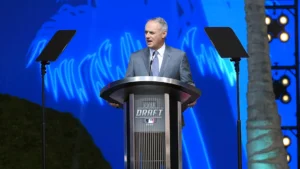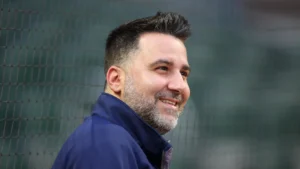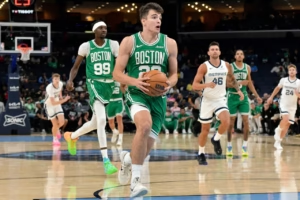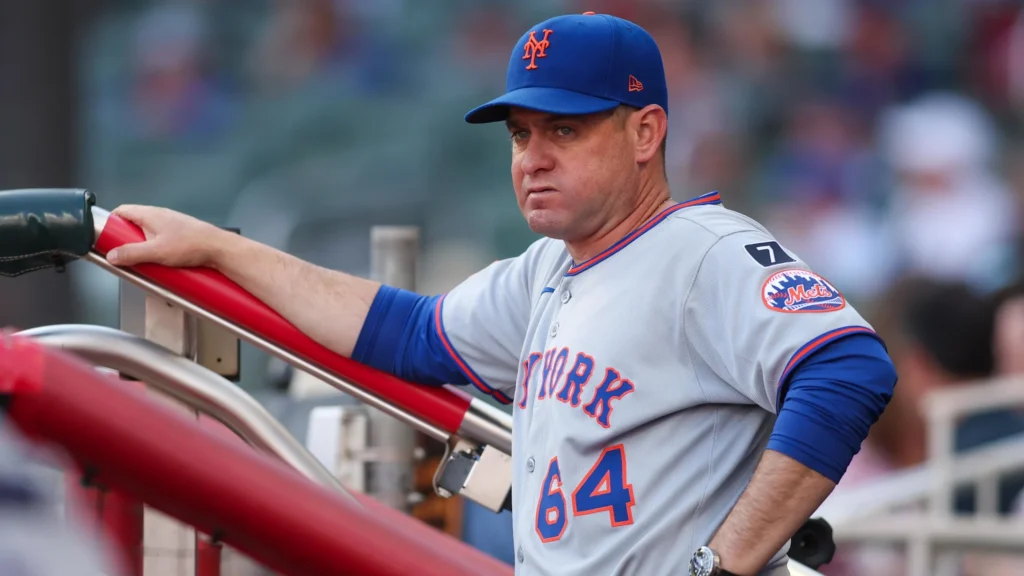
The New York Mets weren’t caught off guard by their schedule they knew a grueling stretch of 10 straight games against NL East rivals was on the horizon. It began with a tough series in Atlanta, continues now in Philadelphia, and wraps up with four more games against the Braves. This stretch isn’t just a challenge it’s a measuring stick, exposing exactly where the Mets stand in a highly competitive division.
So far, the results haven’t been encouraging. The Mets have lost the first four games of the run, and these defeats cut deeper than the standings. They’ve highlighted a glaring truth: competing in the NL East requires more than hope it demands elite pitching and consistency. And right now, the Mets are falling short in both.
Mets Pitching Depth Exposed Amid Division Showdown
Rather than pursuing a proven ace this past offseason, the Mets took a gamble opting for high-upside arms and rotation projects from their Pitching Lab. Early on, the experiment seemed successful, with the team boasting MLB’s best ERA over the first 60+ games. But as injuries mounted and the season’s demands intensified, the cracks began to show.
Since June 8, Mets starters have compiled a 4.22 ERA and 1.31 WHIP, issuing 26 walks and giving up five homers in ten games. Only David Peterson has gone beyond six innings twice. Four of those ten starts didn’t even last five innings. That lack of durability is the opposite of what’s expected from top-tier pitchers, especially in tight playoff races.
The contrast has been striking. The Mets recently faced elite arms like Chris Sale, Spencer Strider, and Zack Wheeler all of whom showcased the kind of dominance and reliability that New York’s staff currently lacks. Instead, the Mets are relying on pitchers like Griffin Canning and Paul Blackburn, both of whom carry more baggage than upside.
Even Clay Holmes, a reliever now turned starter, has already thrown more innings this season than ever before a sign of how stretched the rotation has become. Without a true ace to anchor the staff, the Mets are asking too much of pitchers not built for the role, and it’s beginning to unravel.
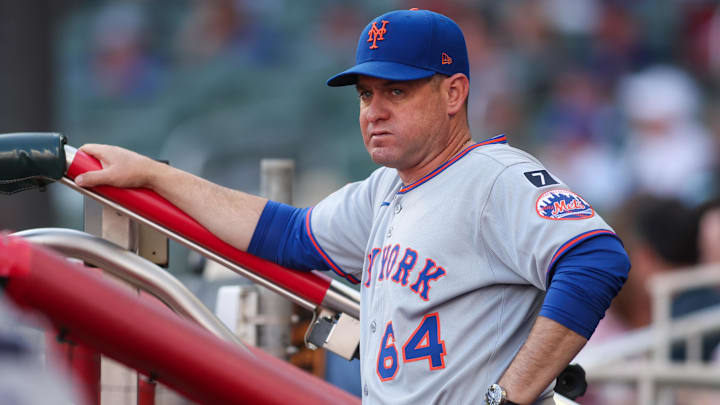
A Reality Check, and a Need for Change
This difficult stretch is a wake-up call: the Mets’ early-season patchwork approach can’t sustain a playoff push. While it worked for a time, the strain is showing. The initial success gave them room to breathe but this division gauntlet is quickly suffocating that cushion.
To stay competitive, New York needs more than optimism. They need a stabilizing presence a pitcher who can go deep into games and steady the rotation when everything starts to wobble. Because at this point, things are already off balance, and the Mets are running out of time to fix it.
